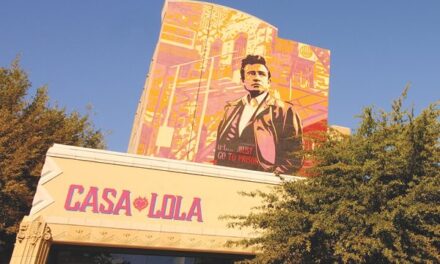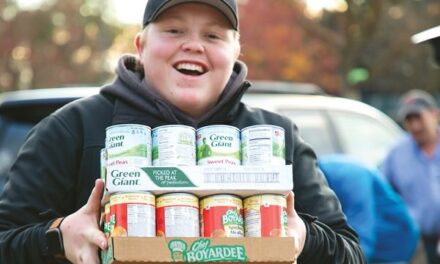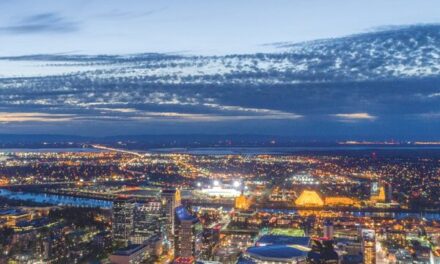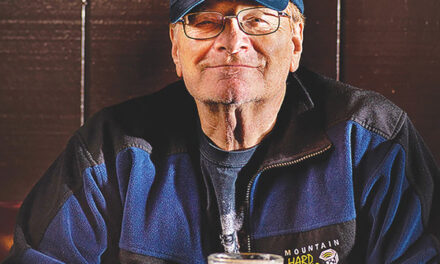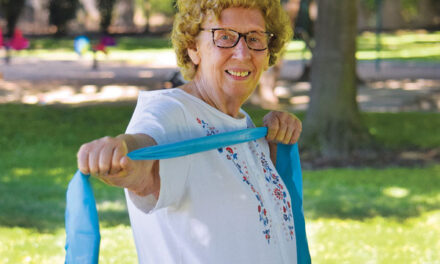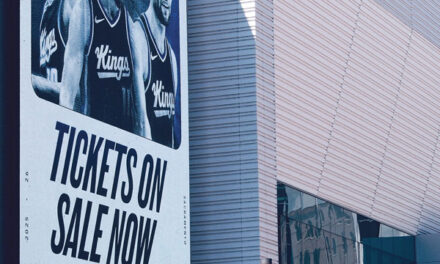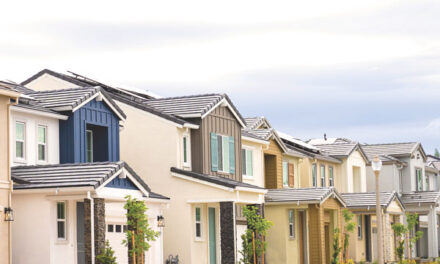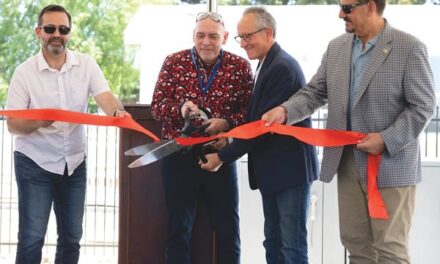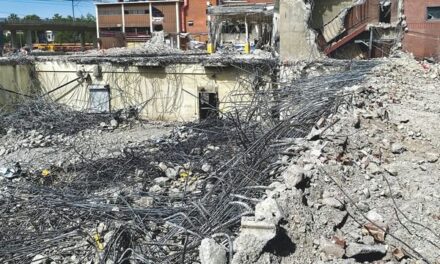Magic in the Air
On broadway, neon lights and future are bright
By Jordan Venema
March 2019
Originally called Y Street, Broadway was the southern edge of Sacramento’s Grid and home to the Buffalo Recreation Grounds, a former baseball stadium. Renamed Broadway after Tower Theatre opened in 1938, the street was essentially cut off from the rest of the Grid following construction of the W-X Freeway in 1968.

Though Broadway has remained a thriving hub of small businesses and ethnic restaurants, from Thai to Ethiopian, the district ultimately became less a destination as the city focused on revitalizing areas such as Downtown and the R Street Corridor.
But new public and private projects aim to revive the Broadway Corridor by creating more pedestrian and bike-friendly pathways, and adding new retail and housing.
One group spearheading the revitalization of the Broadway Corridor is the Greater Broadway District, a Property and Business Improvement District, founded in 2007 primarily to provide security and
maintenance within the district’s boundaries, roughly between X Street and Broadway, Interstate 5 and Highway 99.
“Broadway is an interesting street with tremendous history, from the old jazz clubs to the old baseball stadium,” says Joan Borucki, executive director of the Greater Broadway District. “It used to be quite a main street, and we’ve been working the last couple years to bring it back. Our councilmembers say the next emerging corridor is Broadway.”
While retail revitalization has occurred on Broadway in recent years, with businesses such as New Helvetia Brewing Company opening, the city plans to physically transform Broadway between Third and 29th streets with its Complete Streets Project.
“The city is going to take it from four lanes down to two lanes, and add parking and bicycle lanes, and put in a lot of pedestrian improvements,” Borucki says.
According to the city, design for the estimated $10 million project should be completed in fall 2020, with construction beginning in 2021.
In addition to the Complete Streets Project, the Greater Broadway District hired landscape architect Kimberly Garza of ATLAS Lab to create a place-making plan for the Broadway Corridor “because we’d like to start getting more trees and public art in the corridor as well,” Borucki says.
Such improvements could attract more pedestrians to Broadway, which already has drawn new businesses such as Selland’s Market-Cafe and Bike Dog brewery, which opened between Ninth and 10th streets, Hoppy Brewing Company and Real Pie Company on 24th, and most recently Chipotle on 16th, which soon will be joined by Noah’s Bagels and Peet’s Coffee, plus Sourdough Bread Co.
While new businesses are locating on Broadway, Borucki says, “We’ve probably got more housing going into Broadway than retail.”
The most significant addition to Broadway housing is the 1,000-unit Mill at Broadway by Bardis Homes. Construction for The Mill at Broadway, which includes a 4-acre park, bike paths, murals and on-site market, began in 2015. The first 200-home phase was completed and sold out by 2018.
“Broadway has such a rich, vibrant history, it is exciting to see the area come into its own over these past few years,” says Katherine Bardis, The Mill’s master building partner. “Broadway has transformed into its own new community, full of life and authentic experiences, and from the Sunday markets to films at Tower Theatre, Broadway provides new homes and restaurants while still preserving the history of the corridor.”
In addition to the 1,000 units at The Mill, Indie Capital is building 17 duplex units at Ninth and Broadway, and developer Sotiris Kolokotronis has submitted an application with the city to build a 59-unit apartment building at Third and Broadway.
Beside new retail and homes, Borucki hopes the city will continue to make efforts to connect Broadway to the Grid through new bike and pedestrian paths, citing the Sunday morning farmers market under the W-X Freeway as a great connector between Broadway and Southside Park.
And with businesses establishing themselves in neighborhoods north of the W-X Freeway, such as Urban Roots brewery, which opened on 14th and V streets in 2018, it’s possible the drumbeat of retail activity could create more access for pedestrians.
But first, Borucki says, the goal is “to make the Greater Broadway District a more active corridor for people.”
Jordan Venema can be reached at jordan.venema@gmail.com.






